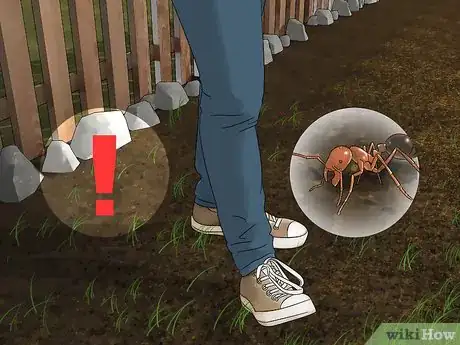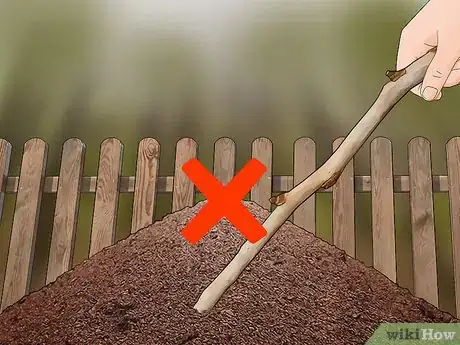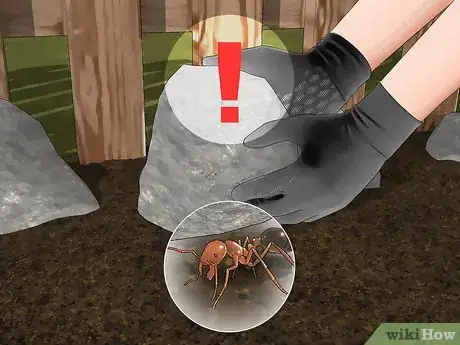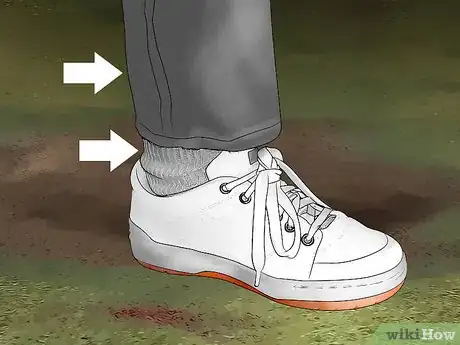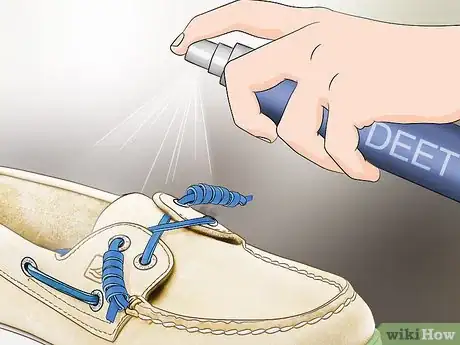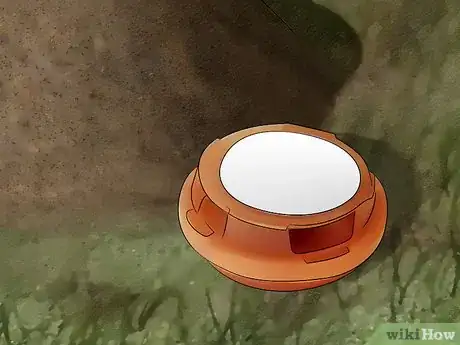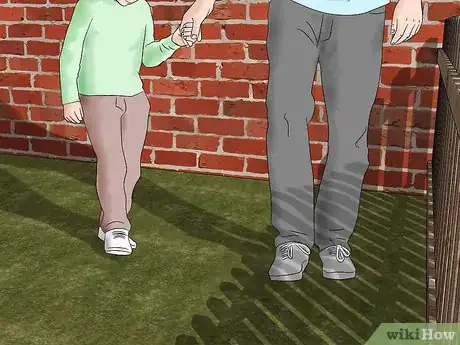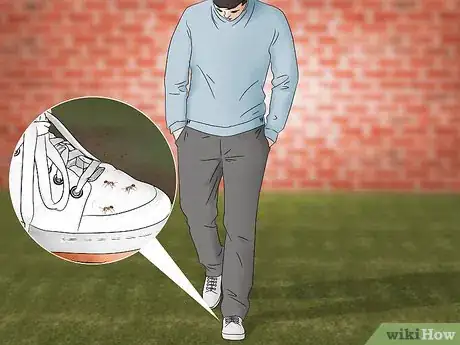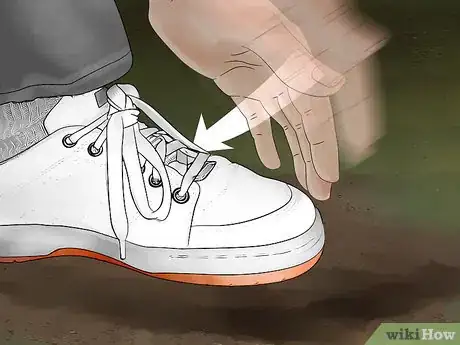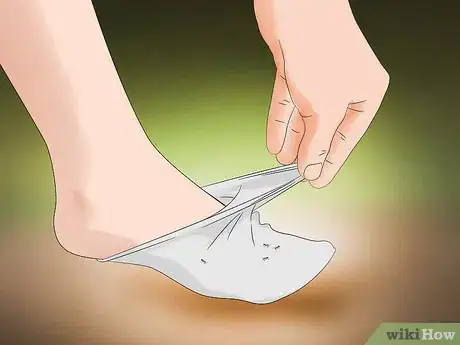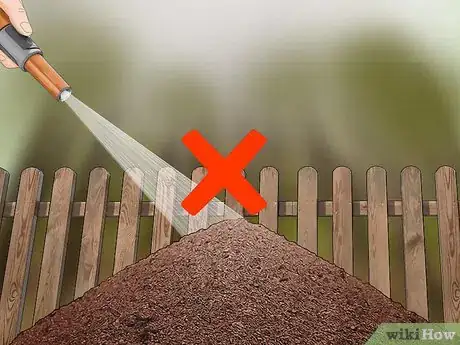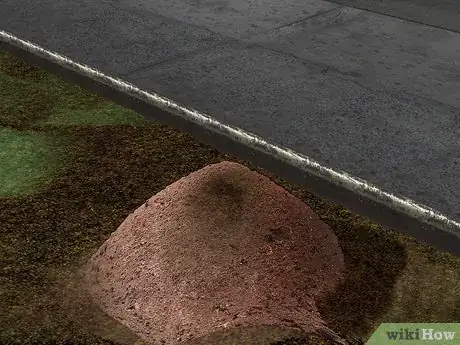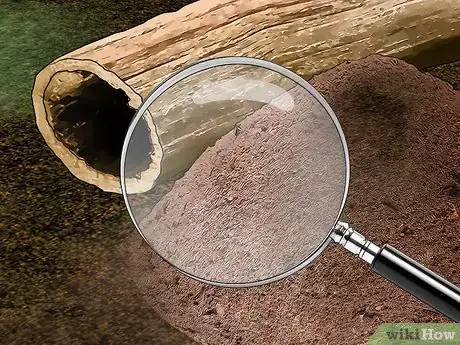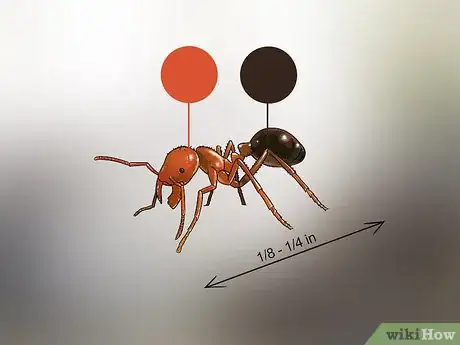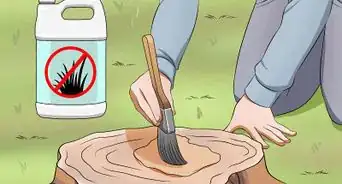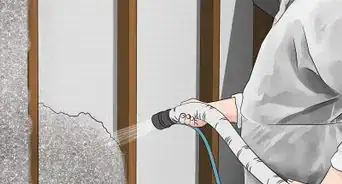This article was co-authored by Chikezie Onyianta. Chikezie Onyianta is a Pest Control Specialist and the Owner of EcoFusion Pest Control, serving communities in New Jersey, Pennsylvania, and New York. With over 5 years of experience, he specializes in pest control in both residential and commercial spaces. A graduate of Essex County College, Chikezie and EcoFusion assist in rodent, roach, and ant pest control as well as bed bug services.
There are 8 references cited in this article, which can be found at the bottom of the page.
This article has been viewed 90,470 times.
Fire ants can sting you, causing painful bumps that can get infected. Some people are allergic to fire ants and can have severe reactions if bitten. Fire ants are found commonly in open, sunny areas, such as fields, roadsides, playgrounds, and parks. You can prevent fire ant stings by watching where you step when you are outdoors and learning to identify fire ant mounds.
Steps
Protecting Against Fire Ants
-
1Watch where you step. Most people get stung by fire ants because they aren’t paying attention to where they are stepping. Watching where you walk can help prevent many fire ant bites. It only takes standing on a mound for a few seconds to get stung.[1]
- When walking in an area that may have fire ants, watch where you place your feet.
- Take caution when sightseeing, taking photos, sleeping on the ground when camping, or sitting around camp fires.
-
2Avoid disturbing ant hills. One of the easiest ways to prevent a fire ant sting is to leave their mounds alone. Stepping on an ant hill will disturb them and cause hundreds of them to come out of the mound. Watch where you are walking, and if you are close to an ant mound, take care to get around it without stepping on it.[2]
- Even standing near a fire ant hill may put you at risk since ants can be on the ground near the mound.
Advertisement -
3Lift items from the ground with caution. Fire ants will congregate under items on the ground. If you lift anything from the ground, such as a log, garbage, or dead animal, check to make sure they aren’t covered in ants.[3]
- Try kicking it with your foot to see if you disturb any ants. Wear gloves as you lift it slowly to see if there are ants beneath the item.
-
4Wear protective clothing. Clothing covering any exposed skin can help reduce the risk of you getting stung. Socks, long pants, or tights can place a barrier between your legs and the fire ant that can either prevent the sting or reduce the amount of ants biting you. If you live in a fire ant infested area, wear protective clothing.[4]
- Legs are more likely to get stung if you step in a mound. If you are touching things on the ground near fire ants, wear long sleeved shirts or gloves.
-
5Use insect repellent. Spraying insect repellent on your shoes and clothing may help you prevent fire ant stings. Use an insect repellent that contains DEET or Picaridin. Spray it on your shoes, socks, and pants legs. If you are going to be grabbing things off the ground, spray it on your gloves or sleeves.[5]
-
6Put out fire ant bait. Preventing fire ant infestations is a sure fire way to prevent stings since there won’t be any fire ants around. Putting out fire ant bait can help kill the colony and the queen. You can sprinkle bait around the yard and around the mounds.[6]
- Sprinkle bait around in both the spring and the fall.
-
7Be extra vigilant when you’re out with children. Children may disturb a fire ant mound out of fascination or curiosity. They can get covered in ants in seconds. When your children are outside, watch them closely and explain the dangers of ant mounds.[7]
- Watch very closely where you place strollers, wagons, or baby carriers. If you place them next to a fire ant mound or an area with fire ants, the ants may get on the baby.
Reducing the Risk of Stings
-
1Remain calm if you get fire ants on you. If you end up getting fire ants on you, remain calm. Leave the area where the fire ants are and move to an area with no fire ants. This may be just another part of a park or field away from the mound.[8]
-
2Brush ants off if they crawl on you. Fire ants have jaws that can embed into your skin. If you see or feel one crawling on you, brush it off as soon as possible. You may be able to knock it off before it bites you or attaches itself with its jaws. Brush down your limbs, towards your hands or feet.[9]
-
3Remove clothing immediately. If you end up with fire ants on you, remove your clothing immediately. Shakes out your clothes, including socks and shoes. Fire ants can hide in the folds of clothing for hours. If you think you were exposed, check your clothing carefully.[10]
-
4Avoid using water to remove fire ants. You may think that rinsing fire ants off with water will remove them. However, this can make things worse. Water can make the fire ants bite you harder with their jaws and start stinging you more.[11]
Identifying Fire Ant Mounds
-
1Identify fire ant mounds. Recognizing fire ant mounds in an area can help you stay away from them and protect yourself from bites. Fire ant mounds are usually larger, and can be up to around 18 inches (45 cm) high and 30 inches (76 cm) wide.[12]
- Fire ant mounds don’t have holes in the top that they crawl in and out of. They get into the mound from underground.
-
2Look for fire ants in open sunny areas. Fire ants like to build their mounds in open sunny areas or in areas near food. You can find them around stumps, sidewalks, trees, the edges of roads, and rotting logs. They may also be in flowerbeds, on playgrounds, or on sports fields.[13]
- You are more likely to run across fire ants or fire ant mounds if you are outdoors in the southeastern United States. They live in milder climates with consistent humidity levels.[14]
- Fire ants are also found in the western and southwestern US, but they are not as common.
-
3Examine an area for any evidence of fire ants. Fire ants can be in almost any sunny area with grass, woods, or fields. You may encounter fire ants on trees or even in the water. Before working or spending time in an area, search the area for any signs of fire ants.[15]
- Identifying fire ant mounds in the area can keep you safe. Even if you can’t find a mound, knowing there are fire ants around can help you be more vigilant and watch where you are stepping or touching.
- Look around stumps, trees, or rotting logs for fire ant mounds. You may also find them around picnic sites, garbage cans, or even on the side of the road.[16]
-
4Learn to recognize a fire ant. To prevent stings, you should know what to look for so you can stay away. Fire ants can vary in size from ⅛ in (3mm) to ¼ in (6mm). They have a redder color than other ants, usually being reddish-brown and black. Sometimes, they have wings.[17]
Expert Q&A
-
QuestionHow do I get rid of a fire ant colony?
 Chikezie OnyiantaChikezie Onyianta is a Pest Control Specialist and the Owner of EcoFusion Pest Control, serving communities in New Jersey, Pennsylvania, and New York. With over 5 years of experience, he specializes in pest control in both residential and commercial spaces. A graduate of Essex County College, Chikezie and EcoFusion assist in rodent, roach, and ant pest control as well as bed bug services.
Chikezie OnyiantaChikezie Onyianta is a Pest Control Specialist and the Owner of EcoFusion Pest Control, serving communities in New Jersey, Pennsylvania, and New York. With over 5 years of experience, he specializes in pest control in both residential and commercial spaces. A graduate of Essex County College, Chikezie and EcoFusion assist in rodent, roach, and ant pest control as well as bed bug services.
Pest Control Specialist One option is to plug up the entrance hole with a garden hose and then turn the water on. Do this at night when the ants are less active. There are also over-the-counter pesticides you can use.
One option is to plug up the entrance hole with a garden hose and then turn the water on. Do this at night when the ants are less active. There are also over-the-counter pesticides you can use. -
QuestionHow do I cure a fire ant bite if it is itchy?
 Community AnswerTry an anti-inflammatory ointment or take an anti-allergen pill to alleviate the itching. The itching is a natural allergic reaction to the bite, similar to the way skin itches when it is touched by poison ivy or bitten by a mosquito. You can also try numbing the bite with some ice or running it under cold water. Resist the urge to scratch it, as any damage to the skin will slow the healing process.
Community AnswerTry an anti-inflammatory ointment or take an anti-allergen pill to alleviate the itching. The itching is a natural allergic reaction to the bite, similar to the way skin itches when it is touched by poison ivy or bitten by a mosquito. You can also try numbing the bite with some ice or running it under cold water. Resist the urge to scratch it, as any damage to the skin will slow the healing process. -
QuestionHow long does a fire-ant sting last?
 Community AnswerIt depends on your level of allergic reactivity to ant bites. Generally, the swelling continues for roughly 12 hours. It may turn into a blister-like bump filled with clear pus. After that, it will settle down and resemble a mosquito bite for the next day or so. However, it may last longer or shorter depending on how you treat it.
Community AnswerIt depends on your level of allergic reactivity to ant bites. Generally, the swelling continues for roughly 12 hours. It may turn into a blister-like bump filled with clear pus. After that, it will settle down and resemble a mosquito bite for the next day or so. However, it may last longer or shorter depending on how you treat it.
References
- ↑ http://fireant.tamu.edu/files/2013/02/041_apr03.pdf
- ↑ https://www.cdc.gov/niosh/topics/insects/fireants.html
- ↑ https://www.cdc.gov/niosh/topics/insects/fireants.html
- ↑ https://www.ncbi.nlm.nih.gov/pubmed/16279564
- ↑ https://www.terminix.com/blog/science-nature/how-to-treat-and-avoid-fire-ant-stings
- ↑ https://doyourownpestcontrol.com/pest_control/questions_and_answers/top_10_things_you_should_know_about_fire_ants.html
- ↑ http://fireant.tamu.edu/files/2013/02/041_apr03.pdf
- ↑ http://fireant.tamu.edu/files/2014/03/ENTO_002.pdf
- ↑ https://www.cdc.gov/niosh/topics/insects/fireants.html
- ↑ https://www.terminix.com/blog/science-nature/how-to-treat-and-avoid-fire-ant-stings
- ↑ https://www.terminix.com/blog/science-nature/how-to-treat-and-avoid-fire-ant-stings
- ↑ https://www.amdro.com/learn/fire-ants/how-avoid-a-fire-ant-sting
- ↑ http://fireant.tamu.edu/files/2014/03/ENTO_002.pdf
- ↑ https://www.amdro.com/learn/fire-ants/how-avoid-a-fire-ant-sting/
- ↑ https://www.cdc.gov/niosh/topics/insects/fireants.html
- ↑ http://fireant.tamu.edu/files/2013/02/041_apr03.pdf
- ↑ http://fireant.tamu.edu/files/2014/03/ENTO_002.pdf
